The translation of a website does not only affect the main text. To internationalize the website, other content that is sometimes invisible to users must also be translated
In other words, this translation of invisible content will increase the impact of SEO positioning and the visibility of the website on the various search engines.
What is SEO translation and why perform it?
Today, search engine optimization has become a fundamental aspect of all companies that are present on the Internet, especially e-commerce.
Optimizing the translation of the website is essential for the development and growth of the online business. The content must also be ready to be positioned in all the languages in which you want to place your business.
To give greater visibility to the website in international search engines, it is essential to adapt the natural indexing strategy to certain markets and perform an optimized SEO translation.
Definition of SEO
SEO (Optimization for Search Engines) refers to the set of techniques used to improve the visibility and indexing of websites in Internet search results.
Moreover, search engines index web pages based on hundreds of criteria. For the website to be one of the first results in the search results defined by your SEO strategy, it must be optimized according to the criteria set by the various search engines.
A well-designed SEO strategy that focuses on the expectations of the targeted Internet users is an excellent way to attract customers and will ensure that the business is profitable.
How to apply Optimized SEO translation
Keyword Identification
To apply search engine optimization to the translation of your website, it is necessary to understand the basics of international search engine optimization.
It is important to have a thorough understanding of keyword traffic, keyword relevance in the target country or market, and how users search.
In terms of search and keyword usage, all countries/regions have their particularities.
Analyze in-country competition
To perform an SEO Optimized translation it is important to study the competition in the target market. Attention should be paid to organic competition, i.e. SEO positioning in the country.
The competition, first of all, is not who sells more and who earns more, but who ranks first in Google after SEO.
Translating web content with in-country keywords
When performing SEO translation of the content published in the source country version, it cannot be done automatically and must be adjusted according to the target country / region.
Defining the target country for SEO translation
To achieve international SEO On Page is to define the country / region you want to target and make the company visible.
Improve URL’S
To apply SEO to the translation of web pages is to translate the URL that constitutes the product address and content provided on the page, as well as all the elements that constitute it: URL, title and meta description, menu, title, title, internal link, image and alternative description, opinion, comment, price, phone, address, etc.
Tags in SEO translation
It is important to manage whether the hreflang tags of one or more countries / regions where the business is located by translating and optimizing the website are sufficient.
The reason is that Google uses this tag as an identification element to specify the language and country of the website. The hreflang tag en:
- es-ES indicates that it is for Spanish users.

